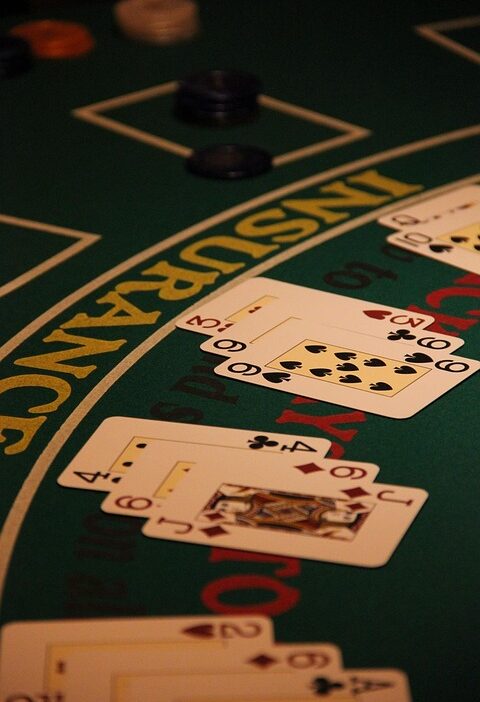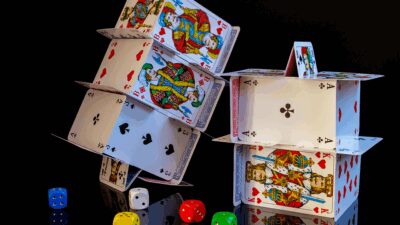In the evolution of video games, particularly fighting games, the concept of multiverse crossovers has emerged as a prominent trend, captivating both developers and players alike. The allure lies in the ability to see beloved characters from different franchises square off in heated battles, creating unique and thrilling gameplay experiences. From comic book heroes to iconic game characters, these crossovers have kept the genre fresh and engaging, and today, we explore the impact of multiverse crossovers on fighting games—highlighting some unexpected pairings that fans never knew they wanted.
The Appeal of Multiverse Crossovers
Nostalgia Meets Innovation
Fighting games have long thrived on nostalgia, often drawing players back to their childhood favorites. By incorporating characters from disparate universes, developers tap into this nostalgia while simultaneously providing new and engaging gameplay dynamics. Imagine Mario squaring off against Sonic, or Ryu from "Street Fighter" battling it out with Batman from the DC Universe; each character carries unique abilities and fighting styles that enhance the overall player experience.
Expanded Creative Horizons
Multiverse crossovers allow for imagination to run wild. Designers can creatively integrate various storytelling elements, blending unique lore from different franchises to craft compelling narratives. This expansion of lore makes each crossover feel fresh and invigorates the fighting game genre, offering vast worlds and intriguing character interactions that fans have dreamed of for years.
Iconic Examples of Multiverse Crossovers
"Super Smash Bros." Series
Arguably the most famous multiverse crossover fighting game, "Super Smash Bros." has redefined what a crossover can be. From Nintendo stalwarts like Mario and Link to characters like Solid Snake and Sonic the Hedgehog, the series excels at delivering gameplay that feels both competitive and whimsical. Each character’s unique moveset is meticulously crafted to capture their essence, making battles both familiar and exhilarating.
"Mortal Kombat vs. DC Universe"
Though not universally acclaimed, "Mortal Kombat vs. DC Universe" was a bold attempt to blend two iconic franchises known for their distinct styles. This crossover opened the door for exploration into a darker narrative while bridging the gap between superhero tropes and the gritty world of Mortal Kombat. The game introduced characters such as Batman and Superman to fatality-heavy kombat, leading to a gripping experience, albeit modified to suit both fanbases.
"PlayStation All-Stars Battle Royale"
In a similar vein to "Super Smash Bros." but centered around characters from PlayStation’s rich catalog, "PlayStation All-Stars Battle Royale" featured characters like Kratos and Sweet Tooth battling it out in chaotic arenas. While not as commercially successful as its Nintendo counterpart, it showcased the potential for characters from various franchises to coexist and interact, offering fans playful nostalgia alongside competitive gameplay.
The Future of Multiverse Crossovers in Fighting Games
Bridging Communities
As the gaming landscape continues to evolve, developers are increasingly aware of the importance of community engagement. Crossovers can bridge communities by introducing fans of one franchise to another, expanding player bases and fostering camaraderie among fans. The potential for collaborative events, tournaments, and downloadable content packs featuring crossover characters can sustain interest long after a game’s initial release.
Enhanced Storytelling Possibilities
As we delve deeper into the world of storytelling in gaming, the potential for larger narratives woven through multiple universes remains untapped. The success of franchises like the Marvel Cinematic Universe showcases the popularity of interconnected narratives, suggesting a similar trend may develop within gaming. Imagine a fighting game where the narrative spans across several franchises, allowing players to unlock new characters and story arcs with each game installment.
Technological Innovations
As technology advances, the possibilities for crossovers will expand even further. Improved graphics and more intricate game mechanics will allow developers to bring characters to life in ways previously thought impossible. Enhanced AI capabilities could yield a dynamically reactive gameplay experience, making each encounter feel fresh and challenging, even after multiple playthroughs.
Conclusion
The impact of multiverse crossovers on fighting games cannot be overstated. They excite nostalgia, expand creative horizons, and revive iconic characters in innovative ways. As developers continue to explore inter-franchise possibilities, the fighting game genre is bound to evolve, ushering in a new era of creativity and excitement. While many of the pairings may be unexpected, they serve a critical purpose: they keep players engaged, entertained, and yearning for more extraordinary battles. The future is ripe with potential for crossovers we have yet to dream about, reminding us that sometimes the fight we never knew we wanted is just a game away.



